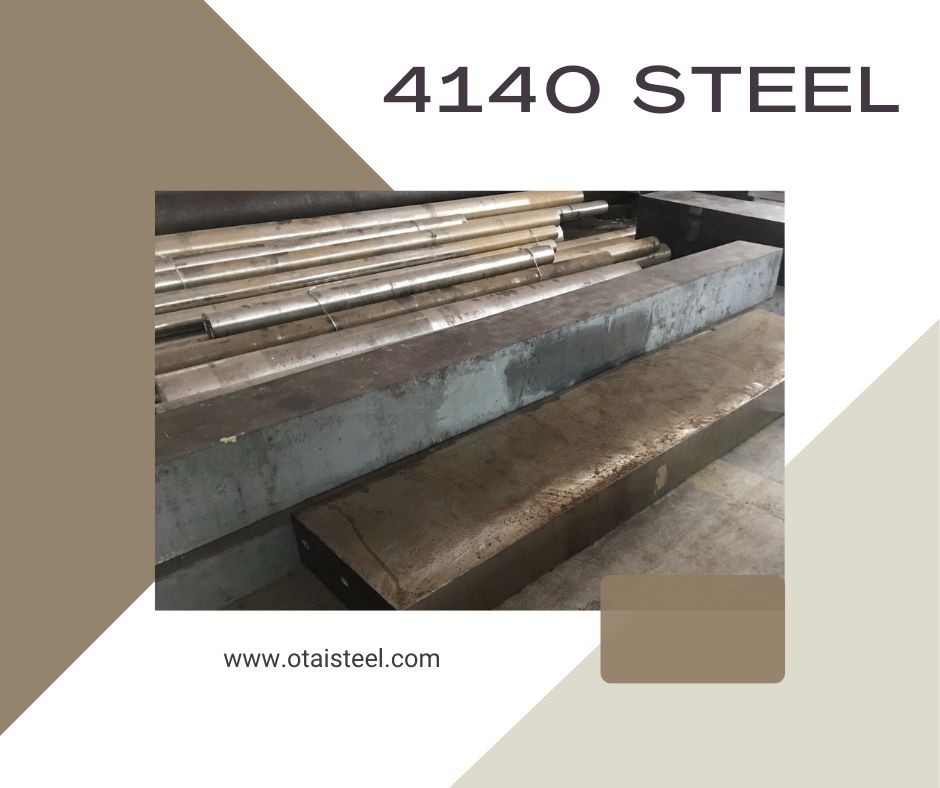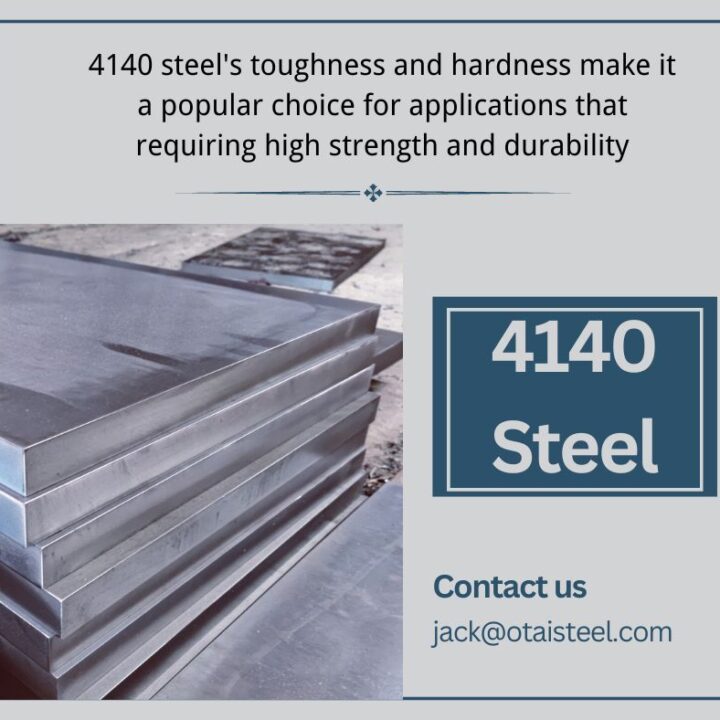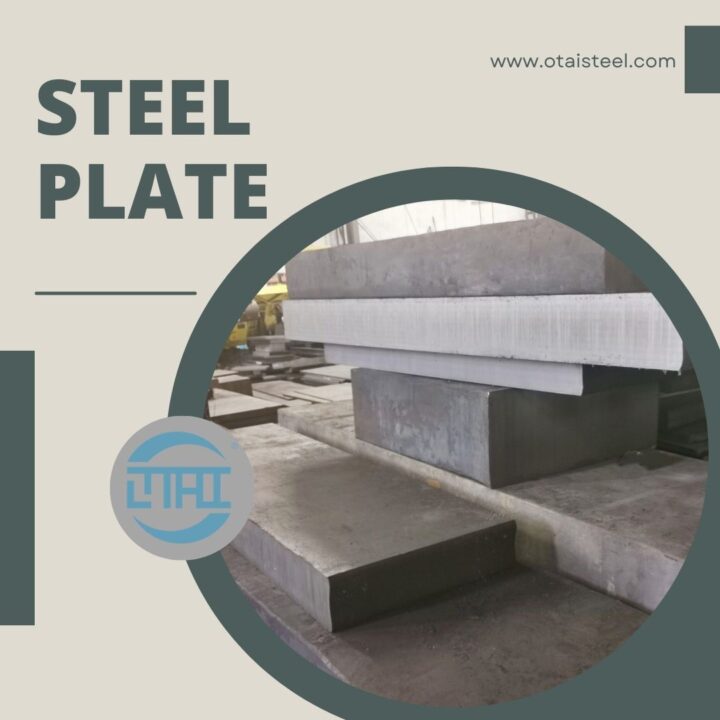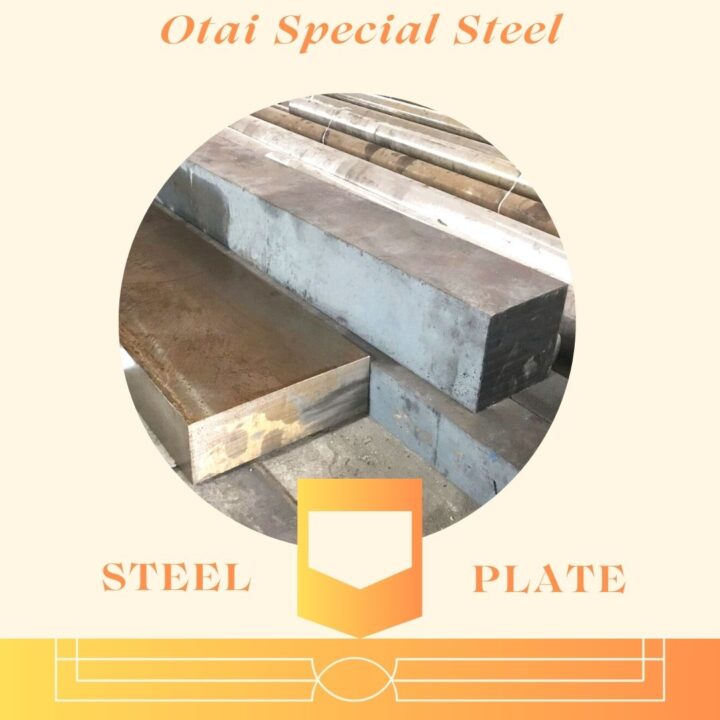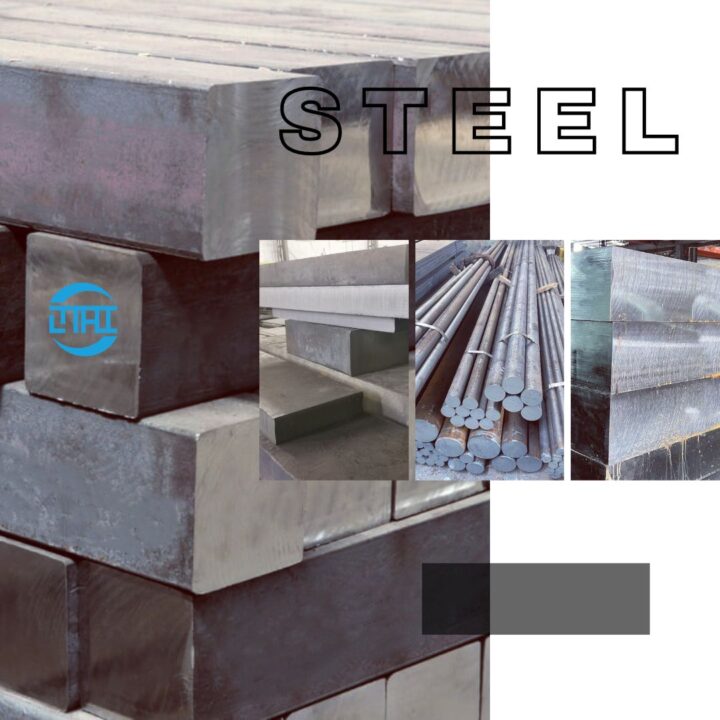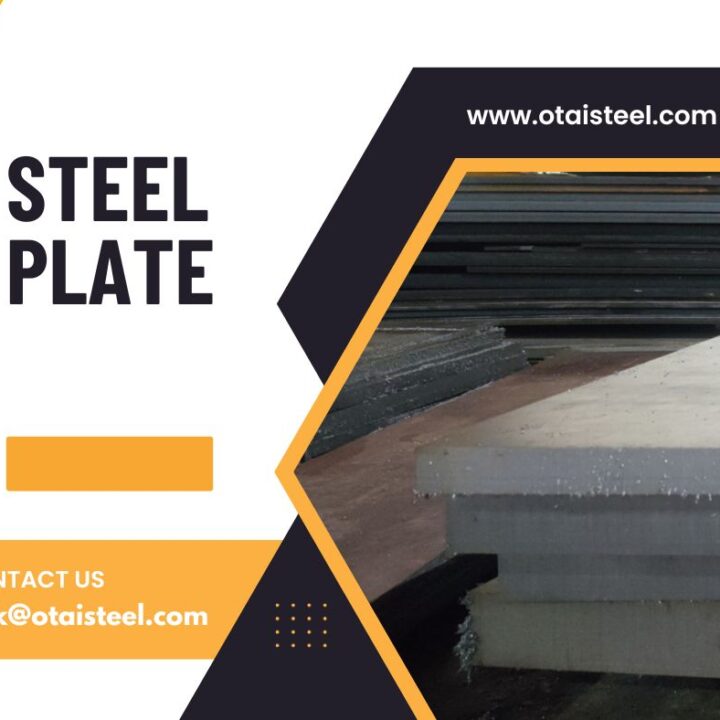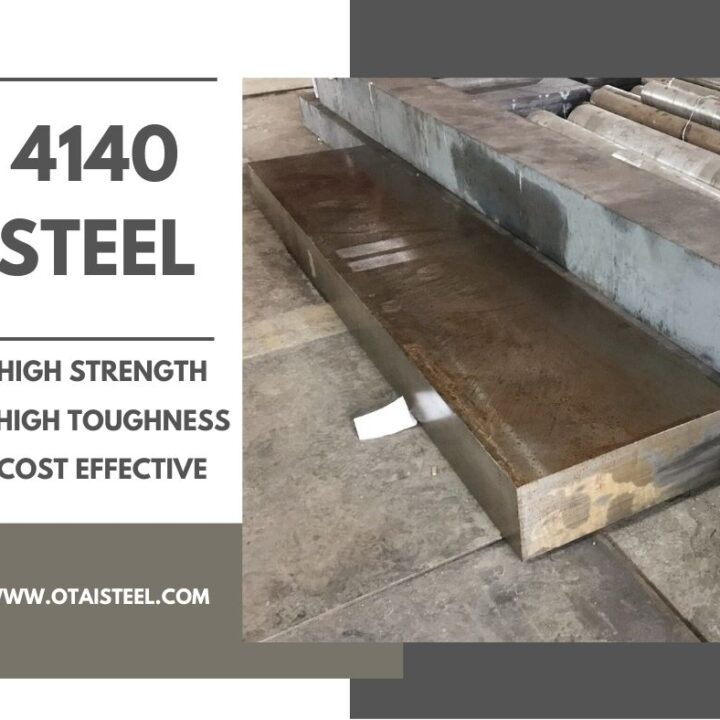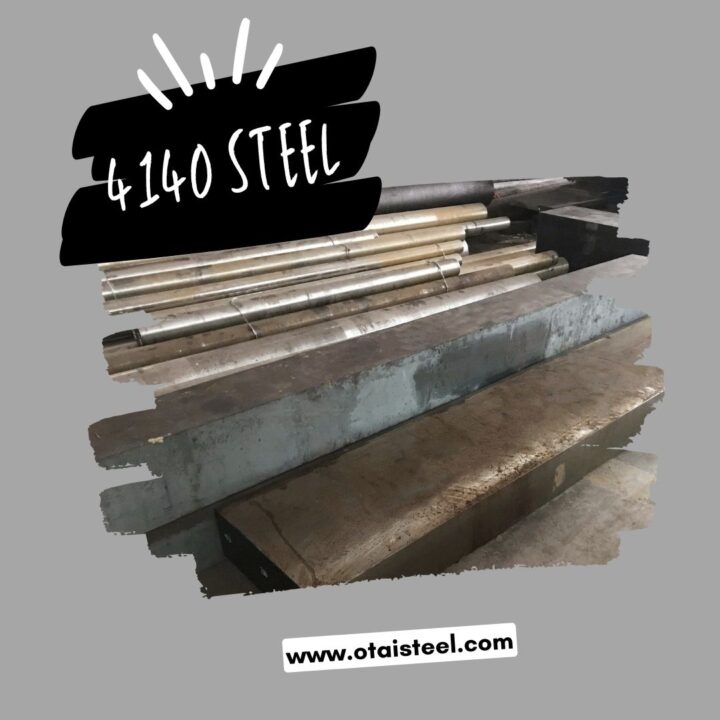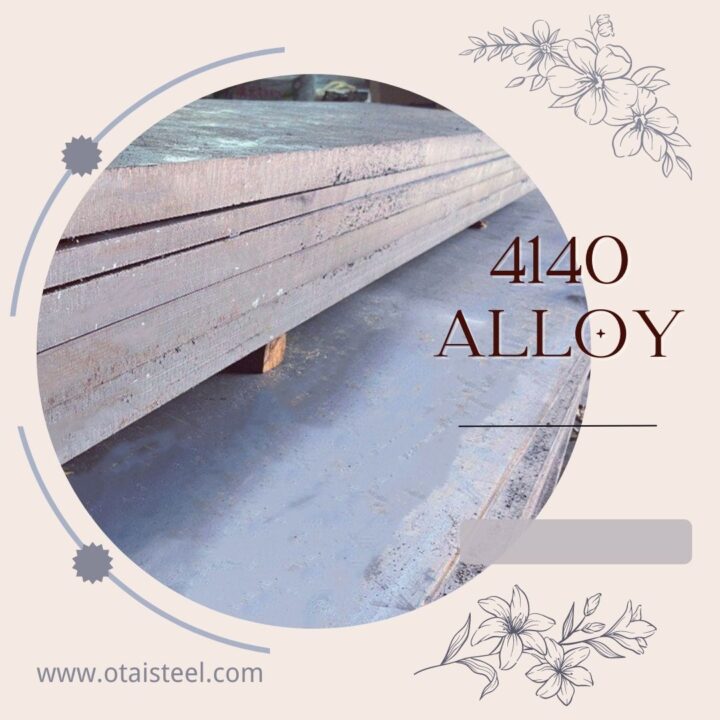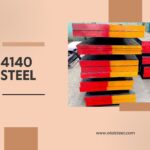The Impact of Quenching and Tempering on the Microstructure of 4140 Steel
Because of its excellent mechanical properties, steel is a widely used material in many industrial applications. One commonly used steel is 4140 steel, which is known for its high strength and toughness. However, to obtain these properties, the steel must undergo a heat treatment process called quenching and tempering.
Quenching involves heating steel to high temperatures and then cooling it quickly by immersing it in a quenching medium, such as oil or water. This rapid cooling causes the steel to harden and become brittle. To reduce this brittleness and increase its toughness, the steel is then tempered by reheating it to a lower temperature and allowing it to cool slowly. This process helps reduce internal stresses and promotes the formation of more malleable microstructure.
The effect of conditioning on the microstructure of 4140 steel is remarkable.
During the quenching process, the steel undergoes a phase transition from austenite to martensite. Martensite is a hard and brittle phase that is responsible for the high strength but low toughness of steel. The microstructure of martensite consists of highly ordered carbon and iron atoms that form a dense, hard material.
However, the brittleness of martensite can be reduced by tempering. During tempering, the martensite is reheated and the carbon and iron atoms begin to spread out and rearrange into less ordered structures. This transition leads to the formation of a new phase called tempered martensite. The microstructure of tempered martensite consists of hard martensite and softer ferrite or pearlite. This combination of hard and soft phases gives steel high strength and toughness.
The exact microstructure of 4140 steel after quenching and tempering depends on various factors, such as heating and cooling rates, quenching medium, and tempering temperature. Typically, higher tempering temperature results in a more malleable microstructure, while lower tempering temperature results in a harder but more brittle microstructure. The choice of tempering temperature must be balanced with the desired properties of the final product.
The effect of conditioning on the microstructure of 4140 steel is remarkable. The quenching process transforms the steel into a hard and brittle martensite phase, while tempering promotes the formation of a more malleable tempered martensite phase. The exact microstructure of steel depends on a variety of factors and can be adjusted to achieve desired properties. Understanding the effects of quenching and tempering is essential to the production of high-quality steels with excellent mechanical properties. (The Quenching and Tempering on 4140 Steel)
